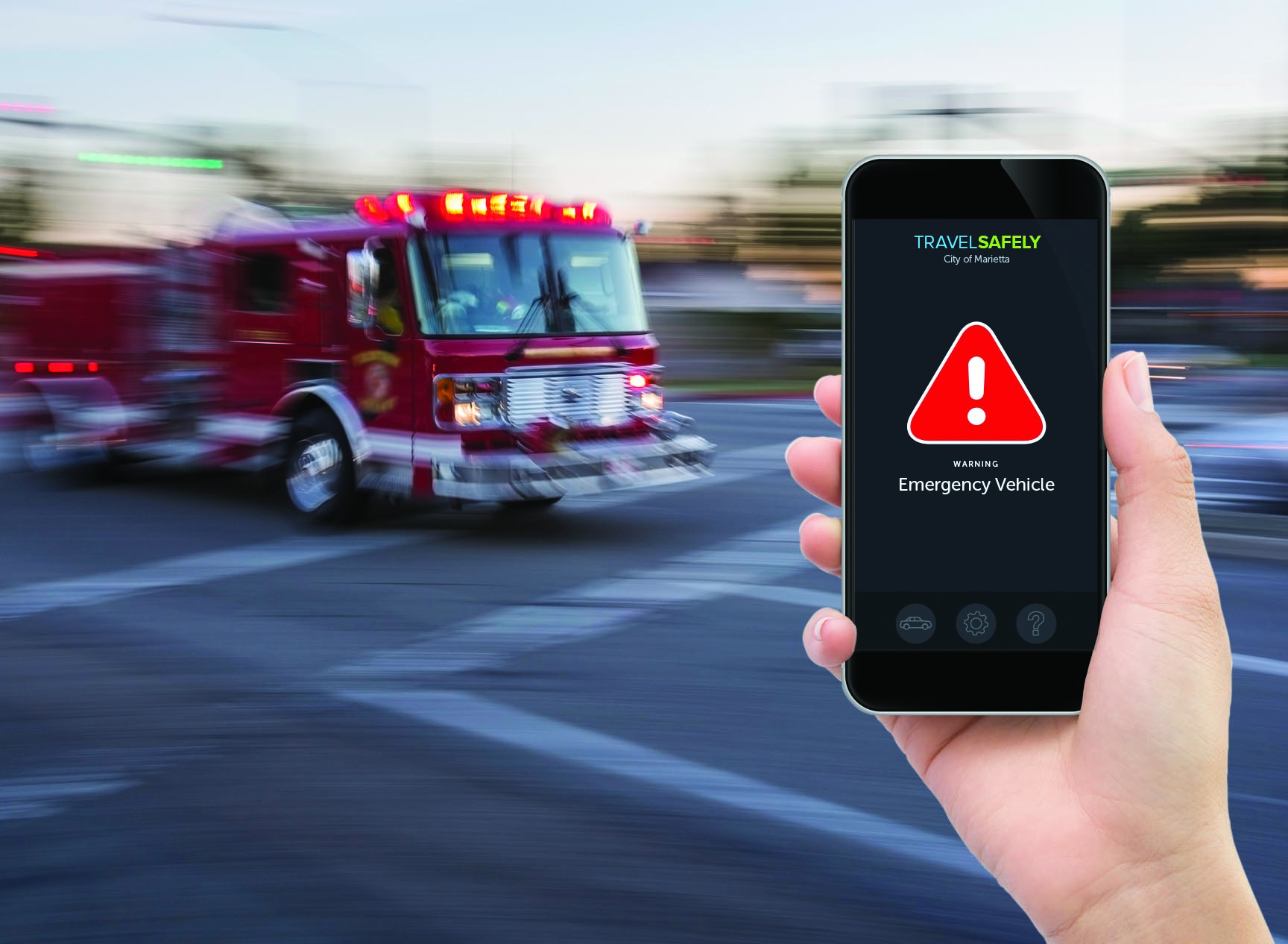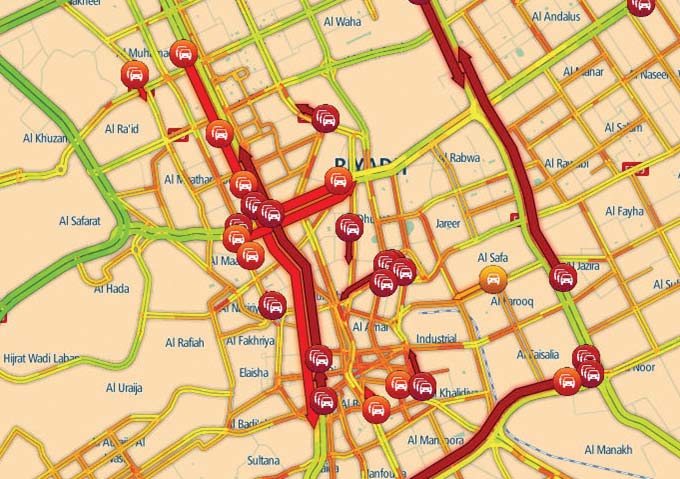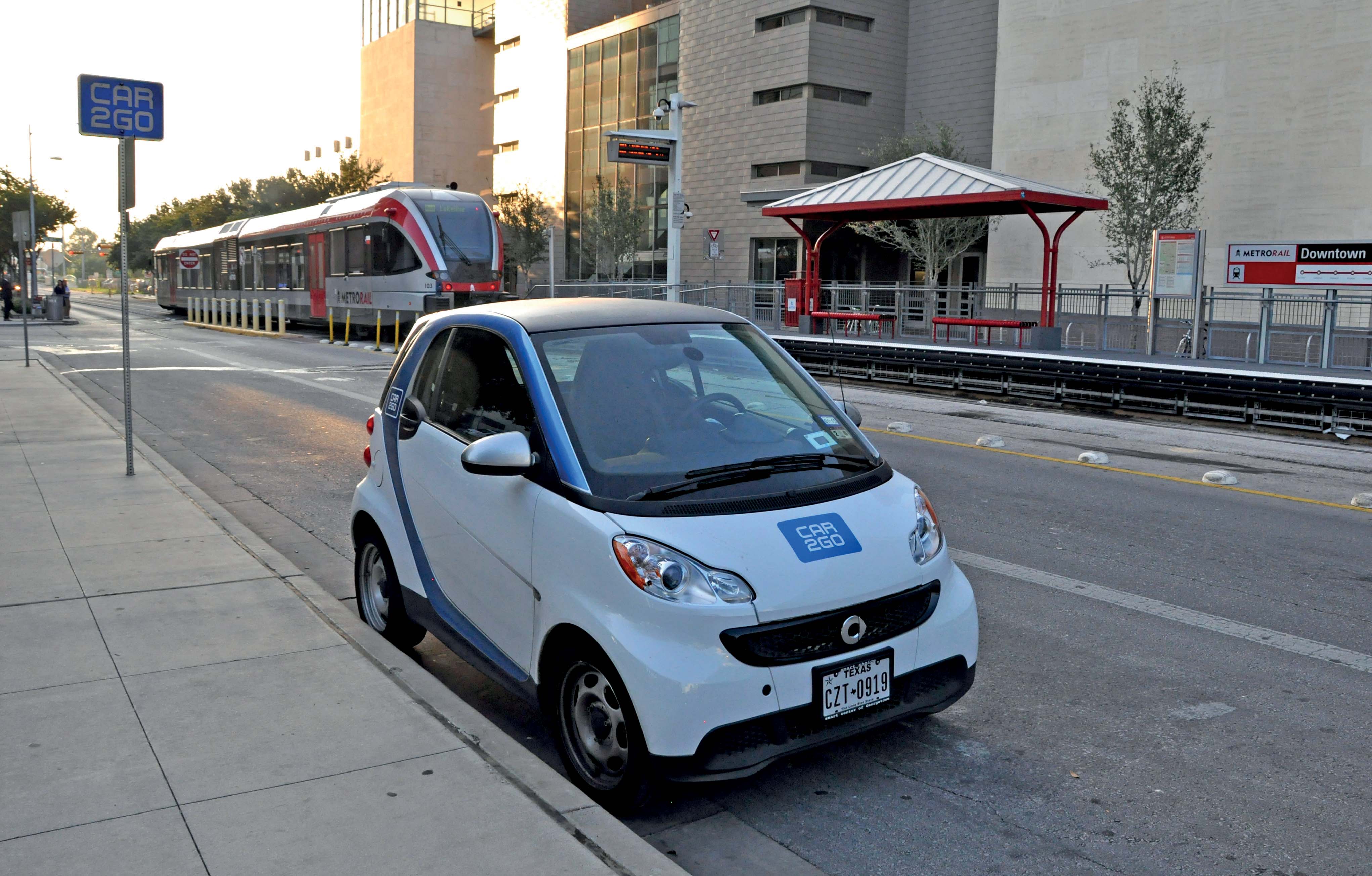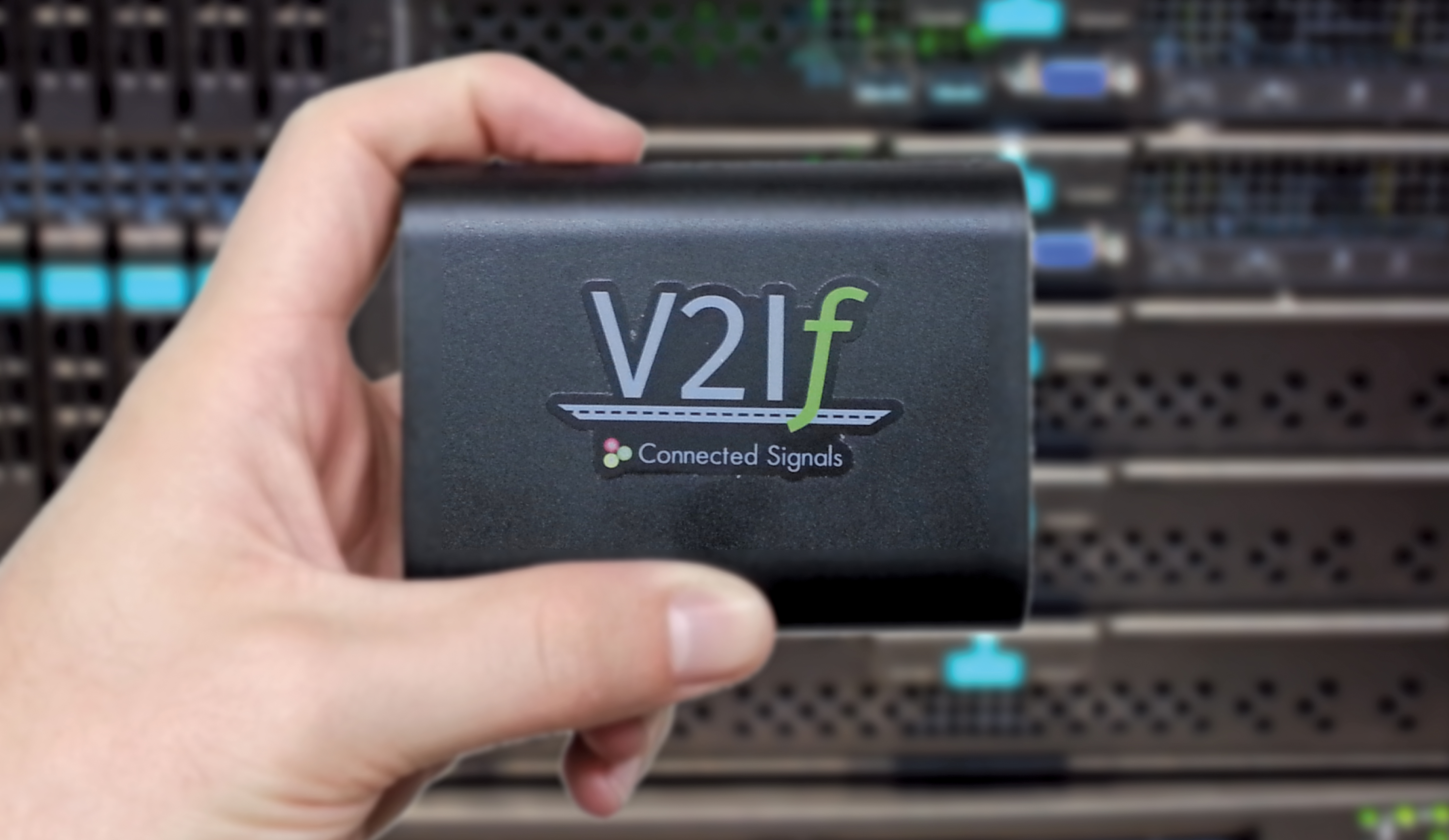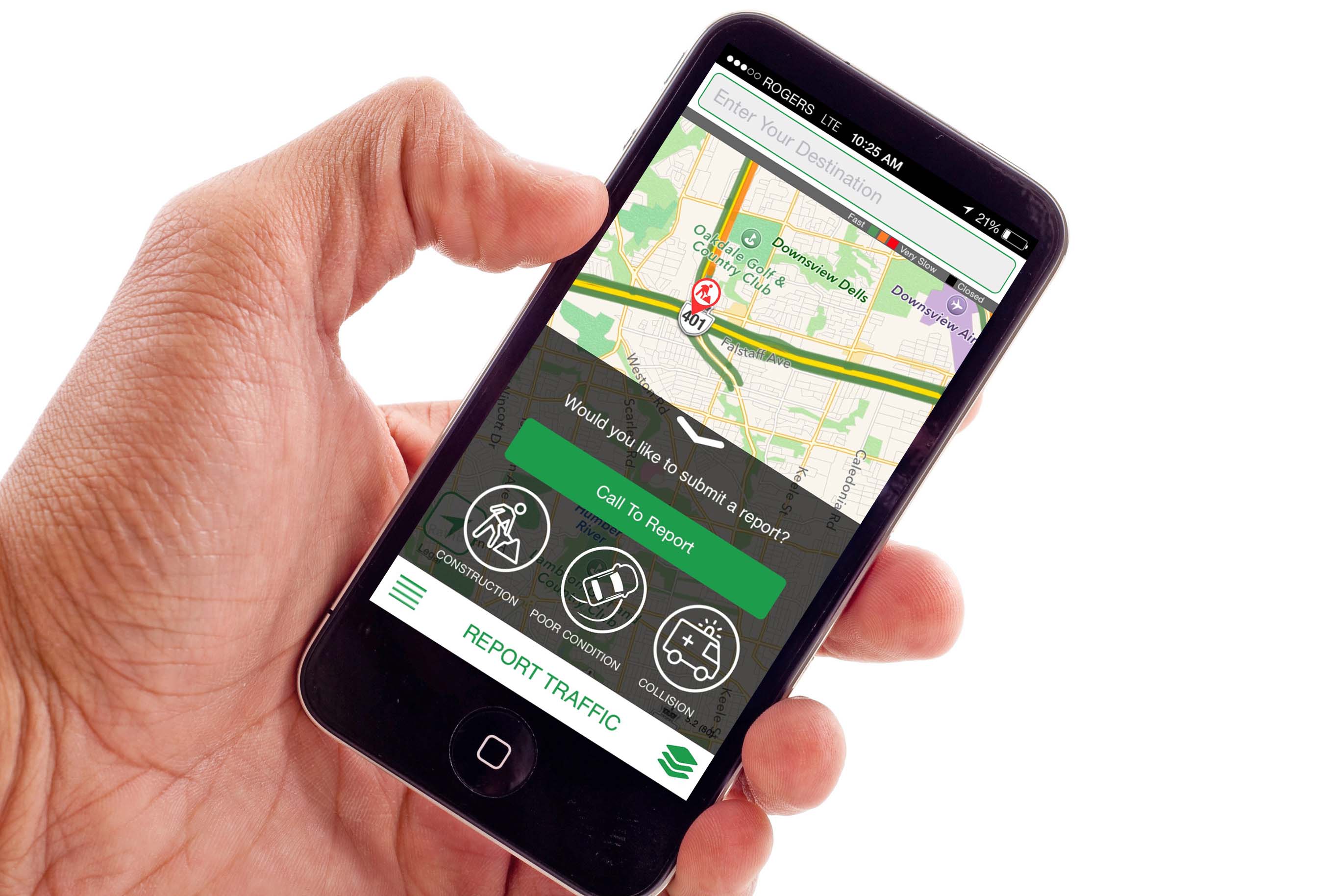
Greenowl’s voice-only congestion warning smartphone app alerts drivers to problems ahead and could be the way ahead for traffic information.
If there is one point Matt Man, CEO of Canadian company
What it does do is to verbally warn them if they are heading towards congestion or an incident,” he says.
Radio stations typically broadcast traffic information every 15 minutes and the announcer goes quite fast so drivers have to pay attention to catch the part relevant to their journey. Each station’s catchment area is usually quite large and there can be many delays and incidents occurring at the same time, but with only limited airtime to make the announcement not every delay will be mentioned on-air.
“Our system does all this for the motorists because it knows where each is and in which direction they are heading. It then checks that street for delays and if necessary sends an audio message directly to the individual driver’s smartphone. Two users on the same road travelling in different directions may get entirely different messages - reflecting the situation on the ground. So it is more relevant and real-time so drivers don’t find themselves joining the tailback while waiting for the next radio announcement to tell them there is a delay,” says Man.
To participate, the user needs to download the app onto their smartphone and a 3G/4G internet connection in the area - albeit the system can accommodate the inevitable gaps in network coverage.
Users can either put their destination into the system and then go through trip planning or most simply open the app and drive off, in which case the system assumes they will remain on that same road for the next 5km in cities or 20km on the highway.
Information sources
The traffic information comes from several sources including feeds from the local authority (including 511), radio and television stations with staff viewing streamed video from traffic cameras - some even have helicopters flying around to spot and report delays. Users can also report travel delays back to Greenowl using a one-touch ‘button’ on their phone screen and the company has developed a system that reads tweets from selective authoritative sources and matches the reports to particular roads with an accuracy exceeding 90%. Each is validated, rated and prioritised in terms of authenticity and some even suggest alternative routes which are also passed on.Already the company covers all major Canadian cities and has launched in New York and Philadelphia and has more than half a million users. According to Man, the typical drive-time is around 30 minutes and, with the agreement of the user, that anonymised information about section speed and route can be fed back into the system for the benefit of other motorists.
Although the company has no specific information, he says instinctively it must be safer to hear the information than being distracted to look at a map on a screen. As the vehicle starts moving the map fades from the screen and in its place are three large buttons: Report traffic, View map (for a few seconds) and Send an alert.
“The environment we operate in is one where the driver needs to keep their eyes on the road, their hands on the wheel and their attention on what’s happening outside the car, not inside, so we have designed the app to only provide the information they need and essential functions. There is a bong before the announcement starts, a double tap will repeat the last announcement and on a typical commute each driver will hear five to eight messages which include peace of mind ‘no issues’ messages as well as road condition alerts,” he says.
The alerts are limited to roads which are relevant to the motorists as determined by their location and direction and users do not pay for the service as this has been sponsored either by the local authority or a media company. Sponsors usually ‘white label’ Greenowl’s app to carry their own branding and can insert limited location-based advertising while authorities can broadcast community messages.
In addition, authorities may wish to encourage modal shift or car pooling - particularly during sporting and other events that disrupt the normal traffic flow. The service can also ‘narrowcast’ the existence of speed and red light monitoring to individual drivers approaching camera locations or school zones to reinforce the authority’s safety campaign. “It just depends on the messages the authority wants to get out to drivers,” Man says.
There is a two-way flow of traffic information between Greenowl and the sponsor which means authorities receive user-generated problem reports that can cover sections of road where there are no cameras or sensors - albeit 3G/4G connectivity must be available in the vicinity.
With word about the service spreading, Man says both authorities and private enterprises are approaching Greenowl to ask if they will set up in their city, both in North America and in other parts of the world. The service can be provided in most languages and even multiple languages in one city, allowing the user to select their preference. “We have the technology to launch in any city within a few months,” he says, adding: “If the authority cannot provide the traffic information in the initial period before a critical mass of users have signed up to the service to provide input, data can be sourced from providers such as TomTom.”
For the future the company is developing the system to be interactive which would be particularly useful in rural areas outside the camera network. The new app would enable authorised authorities to send requests for traffic, road conditions or other information to users driving in particular areas. Their verbal feedback would then be used to update 511 and similar services, inform decisions about broadcasting warnings, implementing diversions and dispatching winter maintenance or emergency crews.
Traffic information really is getting personal.



